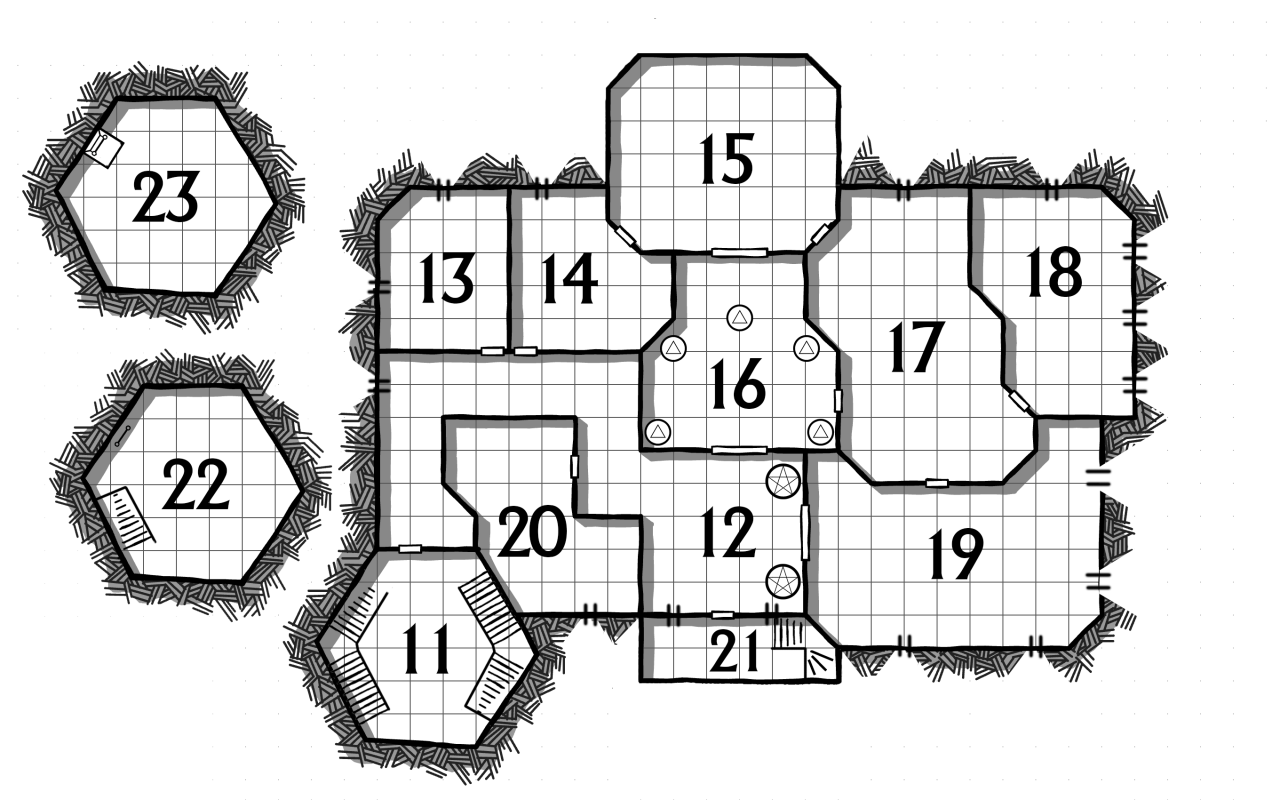SMOOSH JUICE
Defensive Duelist 5e | DnD Feat Optimization Guide | Arcane Eye

Defensive Duelist 5e (Updated for the 2024 Rules)
Dodge sword strikes like a swashbuckling pro with the Defensive Duelist feat in D&D 5e! This Dexterity-based feat boosts your AC with a Finesse weapon in hand.

Anna Podedworna – Wizards of the Coast – Dueling Rapier
Arcane Eye may earn a small commission from affiliate links in this article. Learn more.
Looking for the legacy version of this article based on the 2014 rules? Click here.
What Is the Defensive Duelist Feat in 5e?
Defensive Duelist is a combat-oriented feat introduced in the 2024 Player’s Handbook. It allows Dexterity-focused characters to raise their Armor Class when wielding a Finesse weapon, giving them a reliable way to reduce damage in a pinch.
In earlier editions, this feat was pretty situational—you could use your Reaction to increase your AC by your Proficiency Bonus, but only against a single melee attack. In 2024, it gets a nice upgrade.
How Has Defensive Duelist Changed?
Compared to the 2014 version, the 2024 version of Defensive Duelist adds two important upgrades:
- Persistent Bonus: In 2014, the AC boost only lasted against one attack. Now, the AC bonus lasts until the start of your next turn.
- Ability Score Increase: Like all 2024 General feats, you now gain a +1 Dexterity bonus, which helps boost both AC and attack rolls if you’re going the Finesse route.
How Does Defensive Duelist Work?
When you pick up this feat, you gain the following:
- Ability Score Increase: You boost your Dexterity by 1, up to 20. Excellent for Dexterity classes as they typically rely on this ability for attack rolls, damage, AC, Stealth, and more.
- Parry: While wielding a Finesse weapon, if a creature hits you with a melee attack, you can use your Reaction to add your Proficiency Bonus to your AC. If your new AC beats the attack roll, the attack misses. You also keep the AC bonus until the start of your next turn, bringing it on par with the Shield spell and meaning it can help against multiattackers or when you’re surrounded by enemies.
How to Get the Defensive Duelist Feat
The Defensive Duelist feat is available to all classes at level 4 and beyond whenever they can select a feat, as long as they have a Dexterity score of 13 or higher.
Is Defensive Duelist Good?
In our 5e Feats Tier List, Defensive Duelist was given an A Tier rating, making it an excellent pickup for specific classes.
This feat is a solid option for Dexterity-based martial builds who don’t rely heavily on their Reaction (e.g., Monks, some Fighters, Rangers, Rogues, etc.).
It’s not a flashy feat, but if you find yourself getting hit often and you have the Dexterity to make the most of it, this can give you some much-needed breathing room in a fight.
Defensive Duelist 5e Interactions
While this feat is pretty simple, there are a few interactions that you might come across, such as:
- Monk’s Unarmed Strikes are not Finesse weapons, so they can’t be used for this feat.
- When you decide to use this feat, you must declare your Reaction after you’re hit but before the damage is rolled.
Which 5e Classes Make the Most of Defensive Duelist?
The color code below has been implemented to help you identify, at a glance, how good the Defensive Duelist 5e feat is for a specific class/subclass.
- Red: Weak, unlikely to contribute to your build
- Orange: Situationally good, but below average
- Green: A solid choice
- Blue: A great option worth considering
- Sky Blue: One of the best choices for optimization
Defensive Duelist is best on builds that:
- Prefer Finesse weapons, like Daggers, Rapiers, and Shortswords.
- Don’t have a class ability for damage avoidance as a Reaction.
- Plan to reach level 12 or higher, as the feat scales much better at later levels.
Several classes and subclasses already have similar effects to Defensive Duelist as a class ability, so this feat usually competes with those. Since the feat requires Finesse weapons, the characters looking to get Defensive Duelist will typically be Dexterity-based.
Artificer: Artificers aren’t going to have a lot of Dexterity outside of what they need for AC. Most Artificers in melee range benefit more from their spellcasting modifier (Intelligence) than Dexterity.
Barbarian: Almost all Barbarian subclasses don’t offer any defensive reactions, so this isn’t a terrible choice. However, Dexterity Barbarians aren’t particularly potent, so it’s not worth it in the end.
Bard: Not a bad choice, especially for melee Bards. College of Valor and Swords will allow you to benefit from this feat.
Cleric: No Dlerics are outright designed with Dexterity or Finesse weapons in mind, but something like the Trickery Domain could work.
Druid: For Druids, Dexterity is only for AC and Initiative rolls. Melee Druids will either be in Wild Shape or using their Wisdom modifier for attacks because of Shillelagh, and won’t benefit from this feat.
Fighter: If you’re going for a Dexterity build, this feat is pretty good. However, Eldritch Knights and Battle Masters are better off keeping their Reactions for other abilities.
Monk: This feat isn’t terrible if your build already includes a Finesse weapon. Your other option for Reactions is catching missiles, so it works. However, it does lock you into using Shortswords or choosing the Way of the Kensei.
Paladin: Dexterity Paladins do exist, so it’s not a terrible idea. However, there are so many better feats for Paladins to get. It gets lost in the crowd, but it becomes a better option at level 12 and beyond when it scales up.
Ranger: Most Rangers focus on Dexterity, so this feat is an excellent option for builds that use Finesse weapons.
Rogue: Most Rogues focus on Dexterity, so this feat is an excellent option for builds that use Finesse weapons. Rogues do have the Uncanny Dodge Reaction, but seeing as Defensive Duelist can entirely negate the attack’s damage by causing it to miss (and causing subsequent attacks to miss), it’s a great action to have.
Sorcerer: You have no business being in melee range, so you don’t want this feat at all.
Warlock: Again, no need to be in melee range too often. However, Hexblades can work well as a Dexterity build, which can benefit from this feat.
Wizard: You have no reason to be in melee range, unless you are a Bladesinger. Shield is a much better option for Wizards than this feat.
Can I apply Defensive Duelist to an Unarmed Strike?
Sadly, no. Despite being attached to your body, your limbs do not have the Finesse property for this feat to trigger.
Can Monks use Defensive Duelist?
Yes and no. As mentioned above, Unarmed Strikes don’t count as Finesse weapons. However, Way of the Kensei Monks can pick up a Finesse weapon and benefit from this feat without any issues.
Can you stack Parry with Defensive Duelist?
No you cannot. Each of those abilities requires a Reaction, and you only get one Reaction per round.
Do I know the results of the attack roll for Defensive Duelist?
This depends entirely on your Dungeon Master. If they make public rolls, then yes. Otherwise, you will never know the result until you decide to use it.
Or follow us on Instagram, Twitter, and YouTube.










